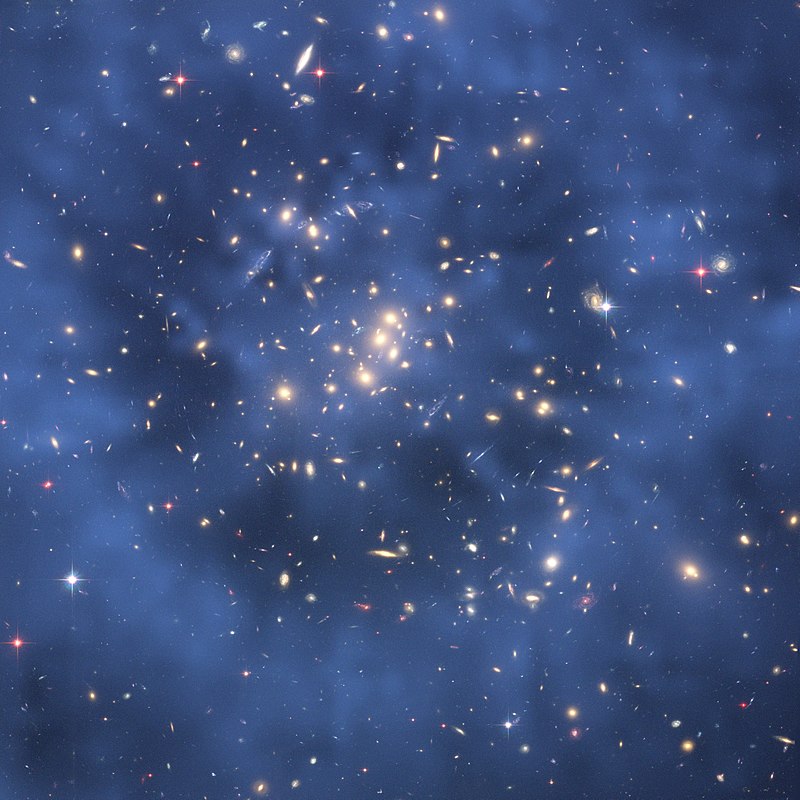
From Lisa Randall at Nautilus:
If we were creatures made of dark matter, we would be very wrong to assume that the particles in our ordinary matter sector were all of the same type. Perhaps we ordinary matter people are making a similar mistake. Given the complexity of the Standard Model of particle physics, which describes the most basic components of matter we know of, it seems very odd to assume that all of dark matter is composed of only one type of particle. Why not suppose instead that some fraction of the dark matter experiences its own forces?
We can assume whatever we like if we haven’t found any dark matter. Including:
Nonetheless, dark life could in principle be present—even right under our noses. But without stronger interactions with the matter of our world, it can be partying or fighting or active or inert and we would never know. But the interesting thing is that if there are interactions in the dark world—whether or not they are associated with life—the effects on structure might ultimately be measured. And then we will learn a great deal more about the dark world.
LISA RANDALL is the Frank B. Baird, Jr., Professor of Science at Harvard University, where she studies theoretical particle physics and cosmology. More.
Harvard is buying this? No wonder Peter Woit worries at Not Even Wrong about what physics is coming to.
See also: 2016 worst year ever for fake physics
Dark matter never really existed… but it killed off the dinosaurs anyway
Search for dark matter “reaching the end of its tether”?
and
What we know and don’t know about the origin of life
Follow UD News at Twitter!